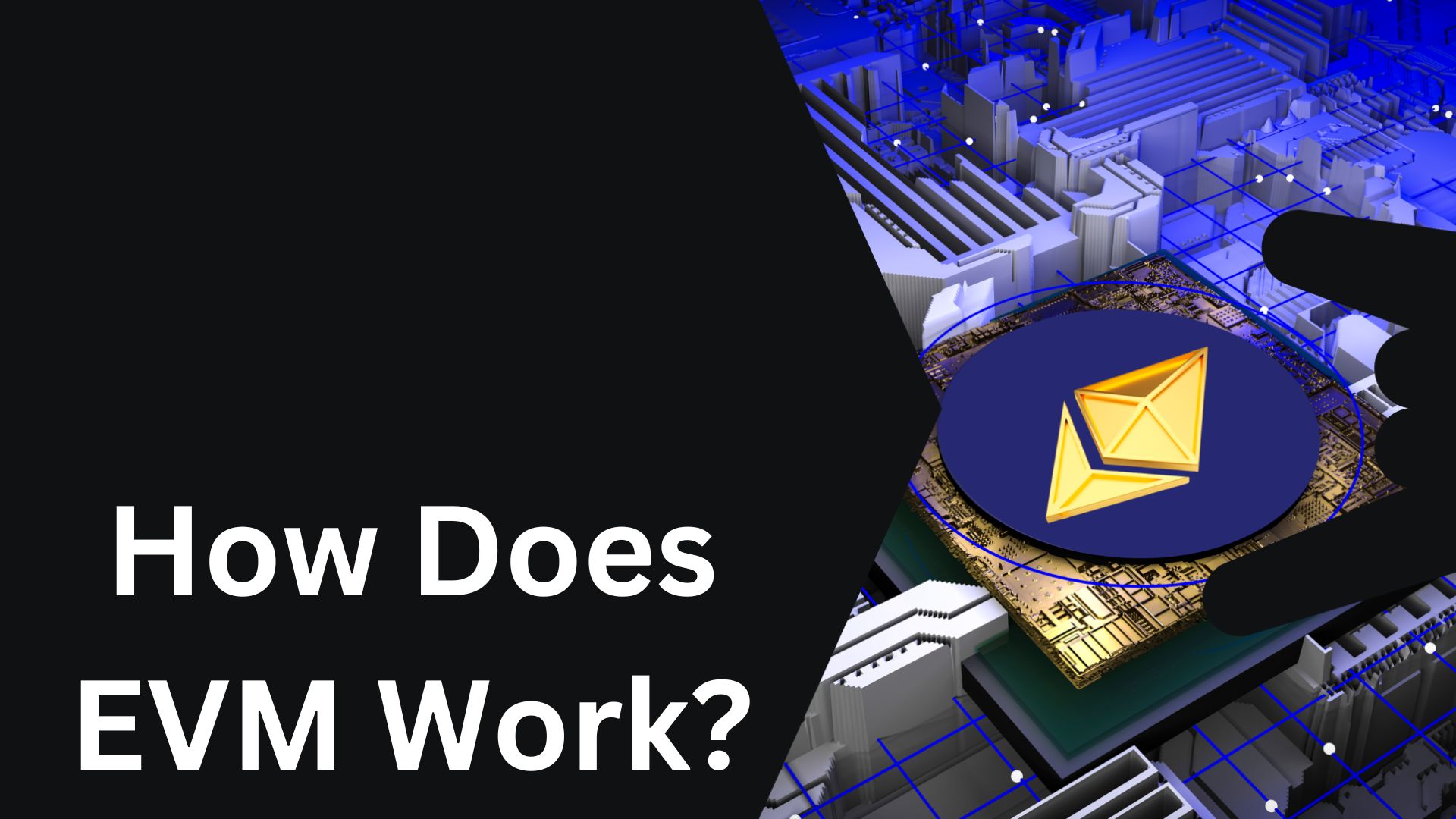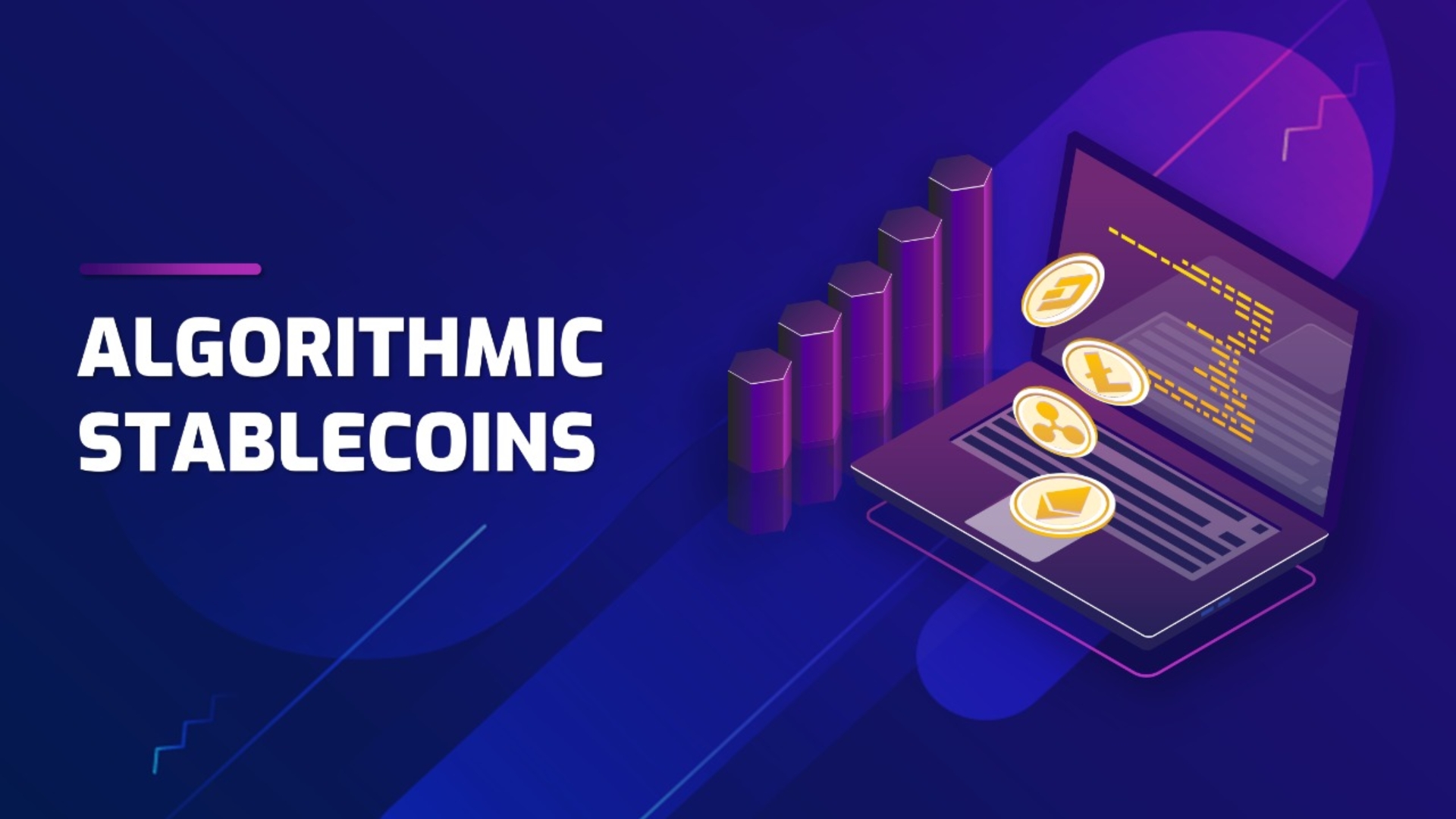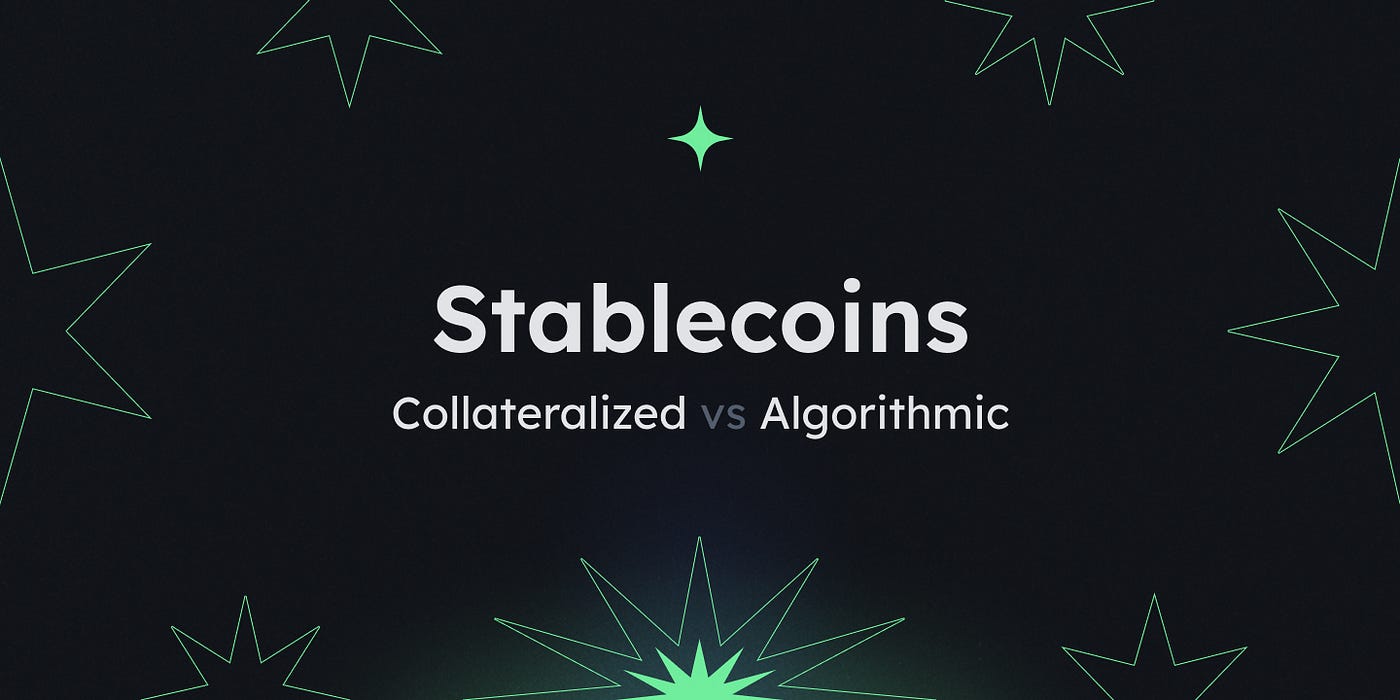Ethereum Virtual Machine (EVM): How Does It Work?

Ethereum Virtual Machine (EVM): How Does It Work? Launched in 2008, Bitcoin (BTC) is the most valuable cryptocurrency in the world. Many, however, considered Ethereum’s 2015 implementation of smart contracts to be the most consequential development in honing Bitcoin’s algorithm. In essence, developers can construct smart contracts to store on-chain activities. If you want to grasp smart contracts, you should familiarize yourself with the Ethereum Virtual Machine (EVM), the platform that powers them. Even if they aren’t as sophisticated as Ethereum’s, Bitcoin does have its smart contracts. In further detail, this article covers EVM’s purpose, implementation, key features, key differences with distributed ledgers, EVM compatibility, and use cases.
What is the Ethereum Virtual Machine (EVM)?
We can call it the Ethereum Virtual Machine as a piece of software constructed on top of the Ethereum network’s hardware and nodes. This program is crucial since it runs and maintains the code for smart contracts. The picture shows that EVM is a state machine and a virtual machine. But how is that meaningful?
EVM as a Virtual Machine
Using a network node, you can access EVM, a Turing-complete virtual computer, from any global location. This establishes that EVM is Turing complete, meaning it can run any program. In a nutshell, EVM is essential for Ethereum developers to operate dApps, enabling DeFi.
Remember that virtual machines don’t have hardware, interfaces, or ties to any one physical device. They build a runtime environment for developing and deploying smart contracts by utilizing the computational power of different participants or nodes. Unlike actual computers, virtual machines can run any operating system and be located anywhere in the world. They are accessible to participants worldwide, independent of their location or the technology they utilize.
EVM as a State Machine
A computational engine that can transition between states is called a state machine. To react to a request for a smart contract to execute a transaction, the EVM changes the state of Ethereum. Ethereum is unique among networks like Bitcoin because it can understand and execute smart contract requests. Input data from smart contracts suggests that Ethereum can maintain parity with other states from one block to the next, thanks to EVM’s state-switching capability.
EVM can deploy any smart contract software. However, running more complex smart contracts results in higher gas fees. Even though gas costs are an integral part of the EVM, they have become a viral problem in the cryptocurrency industry. According to a passage in the Ethereum yellow paper, the total amount of computing done is limited by a metric called gas. The EVM can prevent network misuse with the help of gas and gas limitations.
How Does EVM Work?

The EVM makes use of a 256-bit word size and a stack-based architecture. To ensure the proper people use their assets, EVM can manage native hashing and elliptic curve operations thanks to the word size. The EVM is compatible with various smart contract languages, including Vyper; however, Solidity is the most popular. Bytecodes are the final form of smart contracts that developers create using various programming languages. At runtime, bytecodes are saved on the blockchain. The EVM then interprets these opcodes to carry out the requested actions.
When a transaction request initiates a smart contract, the details are loaded into the EVM. Smart contracts also need another variable, gas supply, related to the gas fee customers pay. As the transaction continues, the gas supply diminishes; once it reaches zero, the transaction is discarded. Because they are deemed illegitimate, transactions that have been discarded are omitted from the network blocks. Nevertheless, until the abandoning stage, the block verifier gets paid for providing resources.
Smart Contracts and the EVM
One way parties can connect without a third party is through smart contracts, which are code lines compatible with the Ethereum Virtual Machine (EVM). The contracts’ predefined operations are activated when the prerequisites are satisfied. Asset transfers, new contract development, and the interaction of existing contracts are all examples of what this umbrella term encompasses. By letting programmers build and execute smart contracts on the network, Ethereum expanded upon the Bitcoin idea. The most crucial step was setting up an EVM environment for smart contracts to live and work.
Why is Gas Needed for the EVM?
The engine-driven machinery (EVM) runs on gas. It is necessary to pay gas to the network validators to validate smart contract interactions, such as transferring cryptocurrency to another wallet or borrowing through a lending protocol. Implementing smart contracts also requires gas, which functions as a computation charge. Opcodes are the specific instructions for operating that are part of machine language instructions. Every opcode contains its gas charge, which increases as the opcode’s complexity does.
Gas fees are implemented to compensate those who provide the essential resources to validate transactions. Furthermore, gas fees financially mitigate Distributed Denial of Service (DDoS) assaults and maintain the security and functionality of the blockchain.
What are the Differences Between State Machines and Distributed Ledgers?
Blockchains like Bitcoin enable a distributed digital currency through fundamental cryptographic tools, and the comparison to decentralized ledgers is often used to describe them. The ledger essentially keeps track of an activity account subject to regulations governing its use. For example, you can’t spend more Bitcoin than you have in your wallet at any one time. Such regulations strengthen transactions on Bitcoin and many other networks.
While Ethereum’s native coin, Ether (ETH), follows nearly identical predefined regulations, its most potent feature is its support for smart contracts. A complex analogy is required for this potent characteristic. Therefore, Ethereum is a state machine, a large data structure that keeps track of balances and transactions and may transition between blocks based on predefined rules defined by the Ethereum Virtual Machine (EVM).
What sets state machines apart from distributed ledgers like Bitcoin is their capacity to understand and execute smart contract requests. In contrast to Bitcoin, Ethereum allows developers to create bespoke cryptocurrencies and Non-Fungible Tokens (NFTs), validate ownership of tangible things, design domain names, and create fully functional DeFi apps through state changes.
Why is EVM Compatibility Important?
If your smart contract code is compatible with the Ethereum Virtual Machine (EVM), then the Ethereum nodes will be able to understand it. Popular Layer 1 (L1) networks, like BNB Smart Chain, Avalanche, Polygon, and Solana, have succeeded greatly thanks to their interoperability with EVM. Thanks to this, app developers can run Ethereum smart contracts on different chains with minimal entry barriers.
To reiterate, the EVM converts smart contracts into Ethereum-compatible bytecode. This eliminates time-consuming and costly contract audits and enables developers to execute Ethereum software smoothly on EVM-compatible chains. Developers like the chains’ “Plug and Play” capability because deploying dApps is quick. Users benefit from EVM-compatible networks because they can first try new products and services. Initiatives like airdrops give participants Bitcoin tokens for completing goals. Early adopters’ staking and liquidity pool investments in innovative projects yield greater returns.
EVM compatibility is crucial when creating cross-chain bridges to enable value transfer between chains. For instance, the simplicity with which members of the Ethereum ecosystem may transfer their assets to a different blockchain through the Binance bridge was a major factor in the BNB Smart Chain’s success. Following Binance’s footsteps, other cross-chain bridges, such as Spookyswap and Avalanche, have helped their respective ecosystems grow even faster.
For blockchains to reap the benefits of the network effects brought about by the free flow of data and value across chains—much like how towns grow when bridges allow for the easy movement of goods in and out, opening up new client bases for local companies and helping the town council to increase its tax revenues—they must be seamlessly integrated with others. Examples of chains compatible with EVM are BNB Smart Chain, Avalanche, Fantom, Cardano, Solana, Polygon, and others.
EVM and MetaMask
One well-known hot wallet that anybody may use is MetaMask. Its compatibility with desktop and mobile platforms and user-friendliness have made it famous. There are several marketplaces where you may buy and sell NFTs and transmit and receive digital assets. It is compatible with EVM networks and ERC20 tokens that reside on various native chains and executes such networks and tokens. With integrations with around 17,000 DeFi protocols and apps, MetaMask supports over 30 million monthly active users.
Crypto enthusiasts adore MetaMask for its anonymity features, in addition to its user-friendliness. Your email address, physical address, or social security number are required to begin using MetaMask after you download the desktop or mobile program. MetaMask does not store user data in a central location and is not a custodial wallet. Therefore, it is entirely free of such concerns.
EVM Use Cases

These are the top use cases of EVM:
ERC20 Tokens
Smart contracts and predefined data structures are used to mint ERC20 tokens. The format makes naming, distributing, and keeping tabs on the tokens easier. Due to their fungibility and ease of exchange for other assets, ERC20 tokens are more useful than ERC721 tokens. For example, the NXM ERC20 token facilitates user claims and policy purchases on Nexus Mutual’s smart contract insurance platform. Livepeer, a platform for decentralized video streaming, is another example. To incentivize users to contribute to the ecosystem, it uses the LPT ERC20 token.
Decentralized Exchanges (DEXs)
DEXs allow smart contracts to facilitate the swap of ERC20 tokens. With the help of these contracts, users can become automated market makers (AMMs) and take advantage of liquidity pools without having to deal with custodians. Popular EVM-compatible DEXs include Uniswap and SushiSwap.
NFTs
The creation of NFTs, ERC721 tokens with Ethereum-wide special features, is facilitated using smart contracts. The Axie Infinity and Gods Unchained gaming projects utilize ERC721 tokens for in-game items, collectibles, and the art market.
DAOs
The Ethereum Virtual Machine is run by a decentralized autonomous organization (DAO). The participants of a decentralized autonomous organization (DAO) have full power over the project because there is no central authority. One more thing about DAOs is that they are transparent. By the predetermined rules and regulations established by the code, smart contracts put them into action. The participants can discover the protocol’s inner workings because DAO activities are transparent, auditable, and verifiable.
Conclusion
The article has covered the basics of the Ethereum Virtual Machine (EVM), including how it operates, the key distinctions between state machines and distributed ledgers, and the necessity of gas for the EVM. Also covered extensively were EVM use cases, blockchains compatible with EVM, and the significance of EVM compatibility. When building and deploying smart contracts, EVMs are typically the backbone. Anyone planning to build or engage with decentralized applications should familiarize themselves with the EVM.





